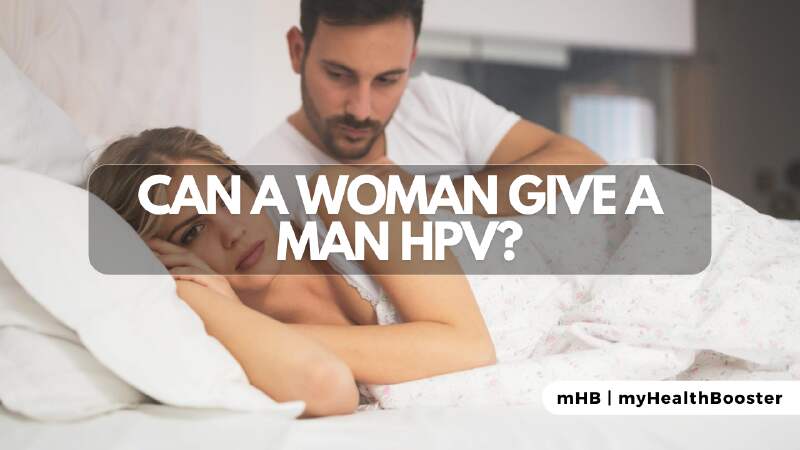Human papillomavirus (HPV), distinct from HIV and HSV, stands as the most prevalent sexually transmitted disease in the United States, infecting around 14 million individuals, including teens, annually. Unlike a singular virus, HPV comprises numerous types, recognized by the warts (papillomas) they generate. While many infections resolve on their own, certain HPV strains can lead to genital warts and various cancers, such as cervical, throat, tonsil, anal, or penile cancer. It’s crucial to acknowledge that the HPV strains causing warts are distinct from those linked to cancers.
Transmission Between Genders
One common query is whether a woman can transmit HPV to a man and vice versa. The answer is affirmative—HPV is transmissible between genders through various forms of sexual activity, encompassing anal, oral, or vaginal sex, as well as skin-to-skin contact during intimate moments. Importantly, transmission can occur even when the infected individual displays no visible symptoms.
Safety of HPV Vaccination for Men
The HPV vaccine stands out as a safe, effective, and enduring preventive measure for both men and women. The majority of recipients report minimal side effects, such as a sore arm. Other potential mild reactions include pain, redness, or swelling at the injection site, fever, headache, fatigue, nausea, or muscle and joint pain. While severe allergic reactions are extremely rare, individuals with a history of convulsions or adverse reactions to prior vaccines should consult their healthcare provider.
Assessing the Likelihood of HPV Infection
Given the prevalence of HPV, especially among sexually active individuals, assessing the likelihood of infection becomes crucial. Around 79 million people in the U.S., primarily in their late teens and early 20s, grapple with HPV. Vaccination emerges as the most reliable defense, recommended for preteens (starting at 9 years), teens, and young adults up to 26 who haven’t completed their vaccine doses. Additionally, consistent condom use during sex and maintaining mutually monogamous relationships can reduce the risk of HPV and other sexually transmitted diseases.
In summary, understanding HPV, its modes of transmission, and preventive measures empowers individuals to make informed choices for their sexual health. Regular check-ups and open communication with healthcare providers play a pivotal role in managing and preventing HPV-related concerns.
